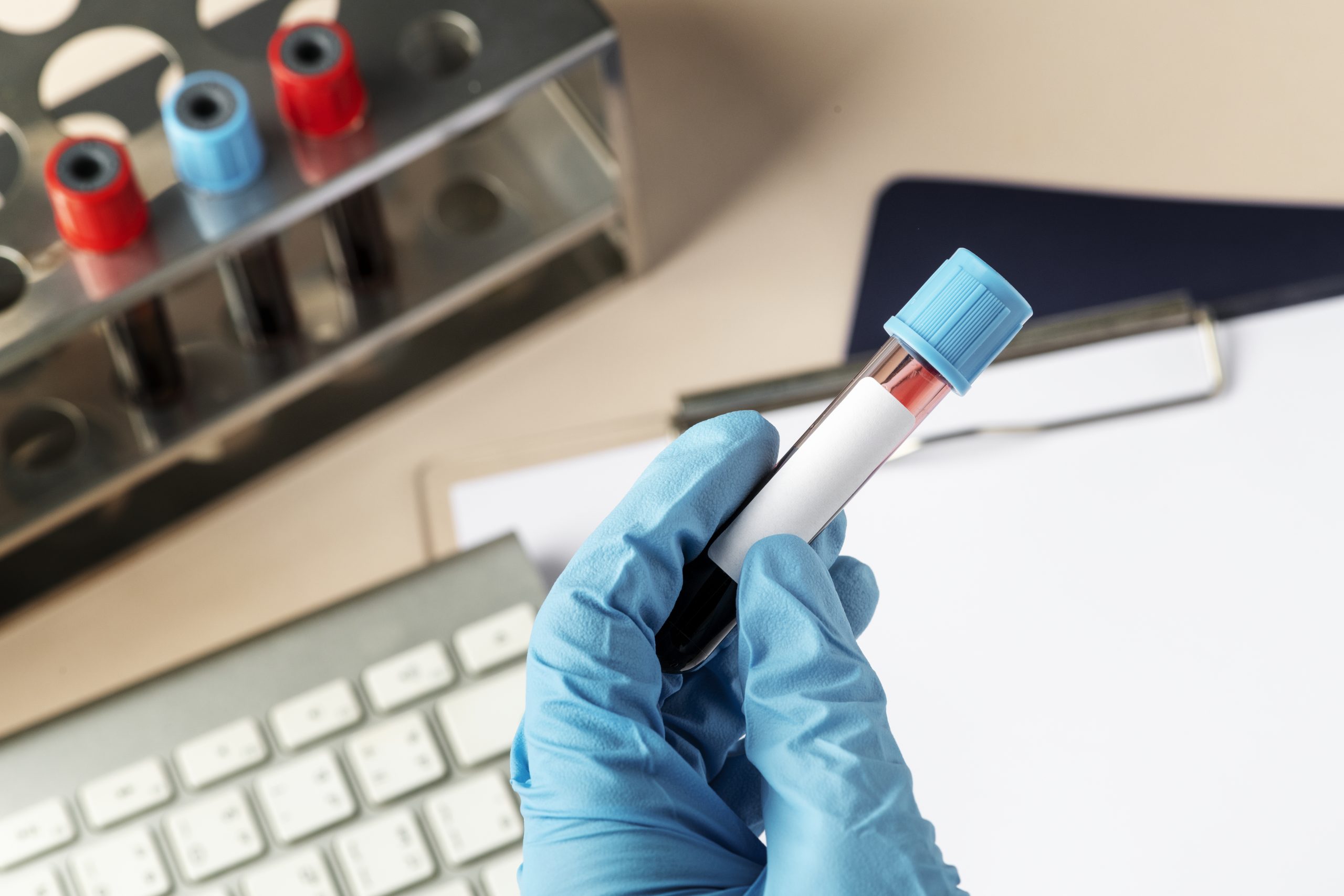Skin cancer is the fifth most common cancer in the UK so learn the ABCDE method to ensure you’re monitoring them correctly. As well as the best sun cream, knowing how to check your mole properly is essential for summertime as we spend more time outdoors with the warmer weather.
According to the NHS, it’s totally normal for babies to be born with moles, new moles to appear, moles to fade over time or disappear with age and for them to darken during pregnancy.
The majority of moles are completely harmless, but can develop into a type of skin cancer known as melanoma.
Research conducted this year by Boots found that a whopping 80% of us have never checked our backs for signs of melanoma.
When you consider that skin cancer is the fifth most common form of cancer in the UK, those statistics aren’t great; that’s why we’ve compiled this handy guide on how to check moles.
As well as sun protection and covering a mole with clothing, you should keep an eye on moles for any significant changes.
ABCDE of moles
The ABCDE acronym is a handy way of remembering the warning signs of changes in moles; asymmetry, borders, colour, diameter and evolving.
Asymmetry
Normally, if you were to draw an invisible line through the centre of a mole, both halves should usually be the same.
Borders
Watch our for unclear, irregular or ragged borders against normal skin.
Colour
Keep an eye out for any changes in colour, especially black, blue or uneven colours.
Diameter
A melanoma is usually more than 5-6mm in diameter, about the size of a pea. Look out for any changes in size.
Evolving
Be aware of any changes in size, colour, crustiness, itching or bleeding of an existing mole or lesions or if a new mole/lesion appears. Taking a photo will help you monitor any changes.
Here’s to all of us being more mole-aware.
Source Marie Claire UK






Leave A Comment
You must be logged in to post a comment.